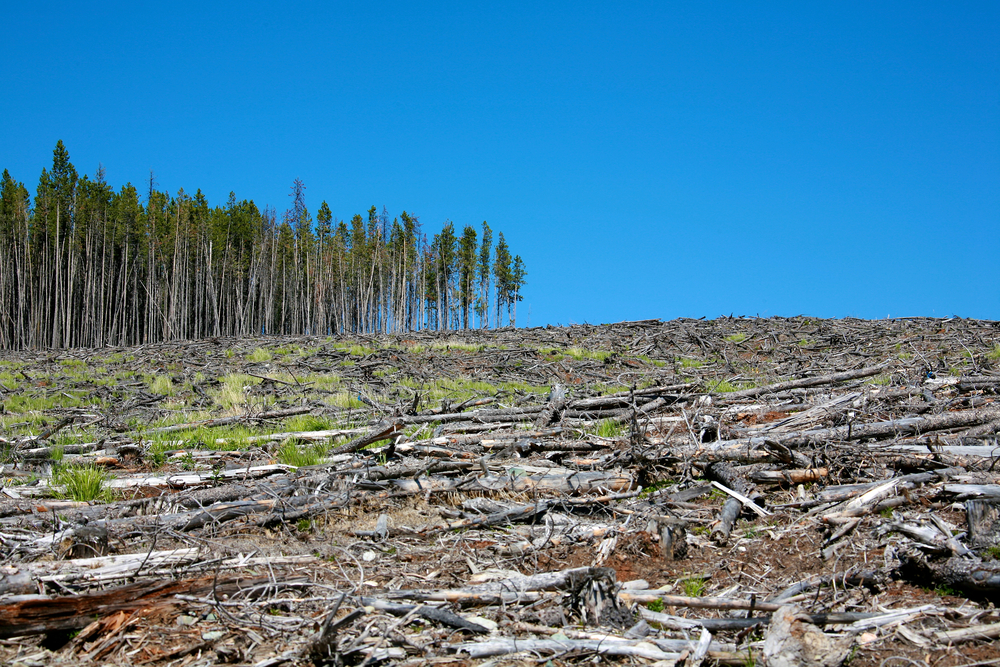
Cut Down Deforestation
Let’s talk about how deforestation usually begins: forest degradation.
Trees are one of the world’s most valuable resources. They are a plentiful resource that is very versatile in terms of its possible usage. They can be used for their wood, for their fruit, and for their oxygen. We also use trees for construction, manufacturing, and fuel. However, those trees also serve a purpose besides what we use them for: they are home to other plants and animals, yet we cut them down without regard for that. Deforestation has an impact not only on us, but also on the plants and animals that live, or used to live, in those forests that have been cleared.
Forest degradation, according to the World Wildlife Fund (WWF), is when a forest has been cut down enough to still exist, but has undergone too much damage to function as normal. It is most commonly caused by illegal logging. Once one company starts to cut, it will be followed by others, quickly changing from forest degradation to deforestation. This may not seem like a very pressing issue at first, but the scale at which it is occurring is startling. According to National Geographic, between 1600 and 1870, half of Eastern North America’s forests were cut down. Additionally, 2,000 years ago, Europe was 80% forested, which has dropped to an alarming 34% today, on top of China being only 20% forested. This pushes most, if not all, of the wildlife in these areas out of their normal environments, causing endangerment to multiple species of plants and animals. The WWF says that we are losing forests at a rate of 27 soccer fields per minute, but how are we clearing these forests so fast? One lovely little technique that is being used is called slash and burn.
You can probably guess what slash and burn is based off of the name. The trees in the desired area are cut down, and then burned into ash. The areas where this technique is used are usually tropical forests and are turned into agricultural areas, since the ash acts as a good fertilizer. However, this land is only fertile for a few years, leaving an open and dry environment where a moist and sheltered one used to be. If the deforestation wasn’t already bad enough, this makes the land vulnerable to erosion and wildfires. The remaining wildlife is once again put at risk due to these new conditions, adding more and more consequences to deforestation. There is still one more thing that I haven’t discussed that trees are notorious for: oxygen.
Trees are not the largest producers of oxygen. That title goes to all of the microscopic phytoplankton in the ocean and other bodies of water. However, every densely populated area on Earth, and by that I mean populated by both plants and animals, has an equal exchange of oxygen and carbon dioxide. In simpler terms, the so-called “Lungs of Earth” Amazon Rainforest uses up all of the oxygen it produces, leaving the other forests and phytoplankton of the world to produce the oxygen that will be used in their area. This makes the trees that we have left very important because oxygen is necessary for us to survive, and if we keep cutting them down at the current rate, the levels of oxygen and carbon dioxide in the atmosphere will become imbalanced. This leads to the much larger problem of global warming, but that is an issue for an entirely different article to cover.
In order to help with this cause, you can buy products that have been approved by the Forest Stewardship Council (FSC). This organization ensures that the product was made with trees that were harvested within local and international laws. You can also donate to foundations like the Rainforest Alliance, who help save ecosystems at risk and fight climate change. While we are the ones who caused all of these damages with deforestation, we can also be the ones to solve it.


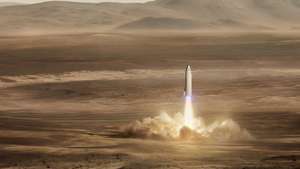

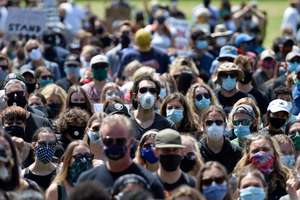
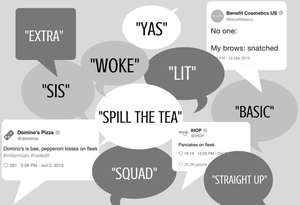




















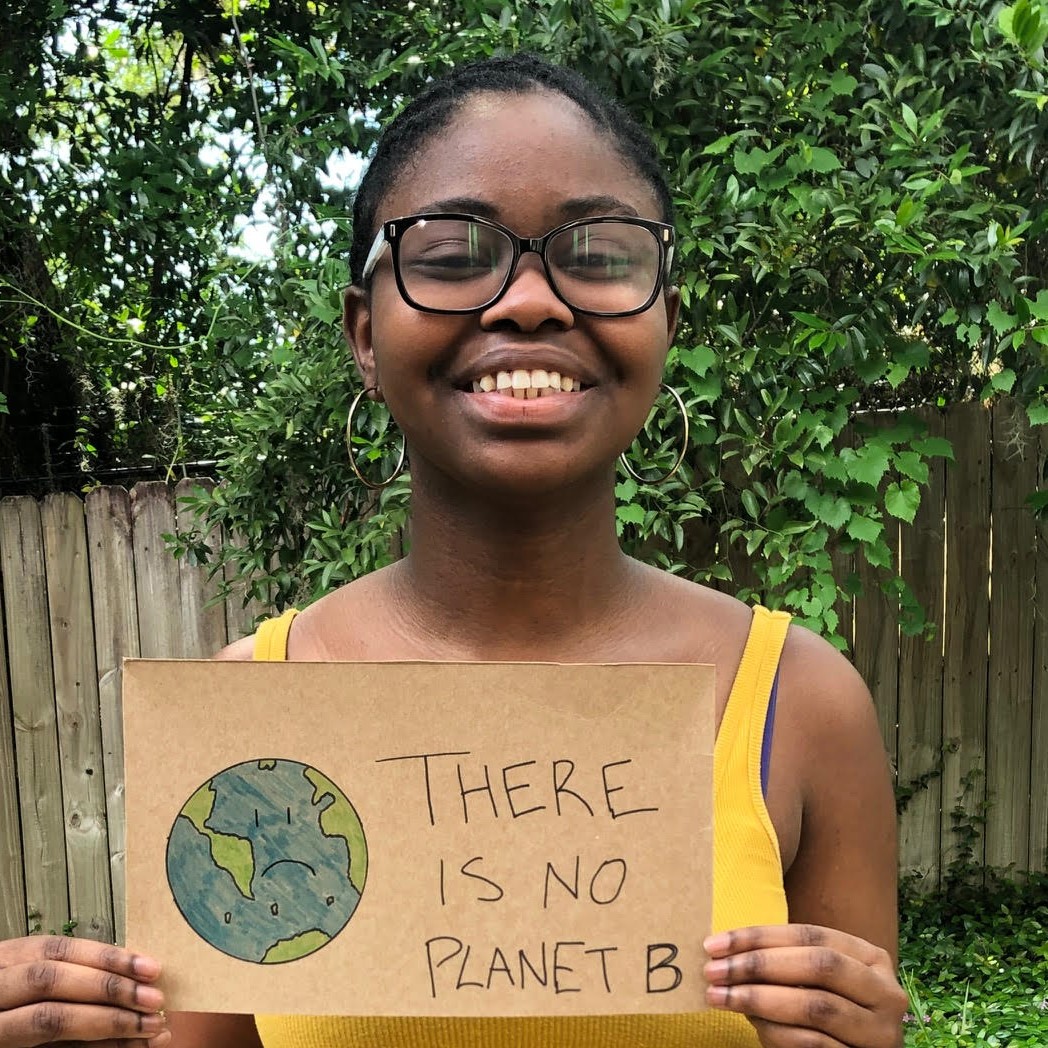


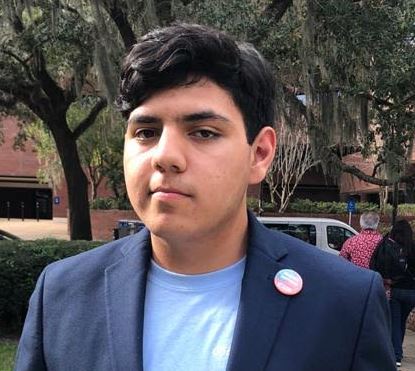



Comments